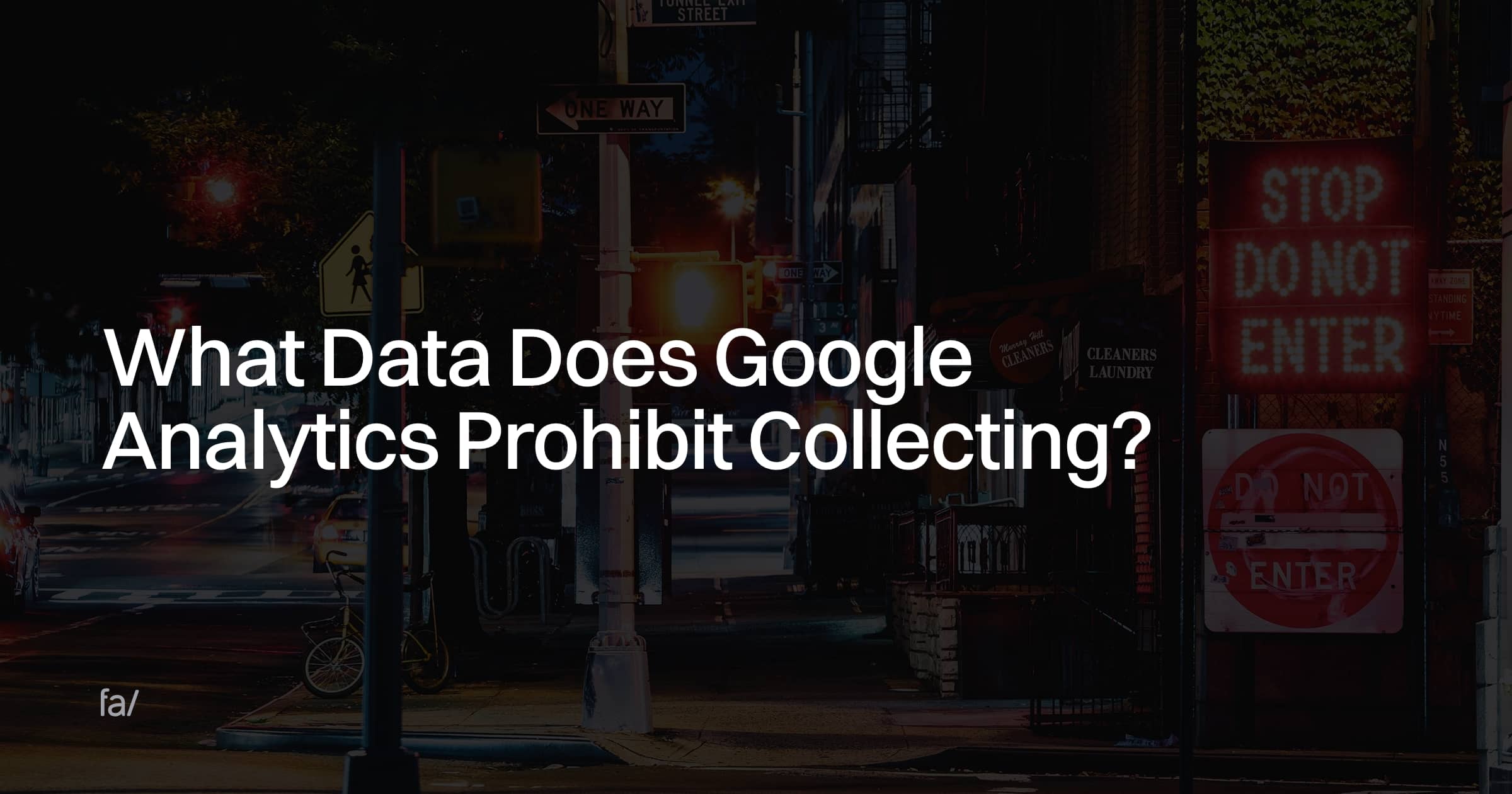Understanding the Art of Overcoming Information Collection Limitations in Google Analytics for Better Decision-Making
In the world of digital analytics, the ability to extract meaningful insights from data is extremely important for notified decision-making. By using calculated strategies and advanced methods, companies can elevate their data top quality, unlock concealed insights, and pave the way for more efficient and enlightened choices.
Data Quality Assessment
Evaluating the high quality of data within Google Analytics is an important action in ensuring the reliability and accuracy of understandings derived from the gathered details. Information high quality evaluation entails assessing different aspects such as accuracy, efficiency, uniformity, and timeliness of the data. One essential facet to think about is information accuracy, which refers to how well the data reflects the true values of the metrics being measured. Inaccurate data can lead to damaged verdicts and illinformed organization choices.
Efficiency of information is an additional crucial aspect in evaluating data high quality. Uniformity checks are also vital in data top quality analysis to identify any discrepancies or abnormalities within the information set. By prioritizing information top quality evaluation in Google Analytics, services can boost the reliability of their analytics reports and make more informed decisions based on exact insights.
Advanced Tracking Strategies
Making use of innovative monitoring methods in Google Analytics can dramatically enhance the deepness and granularity of data gathered for more thorough analysis and insights. One such technique is occasion monitoring, which enables for the monitoring of specific interactions on an internet site, like click buttons, downloads of documents, or video sights. By executing event monitoring, services can gain a much deeper understanding of user behavior and involvement with their on-line material.
Additionally, customized measurements and metrics supply a means to tailor Google Analytics to specific company needs. Custom-made dimensions permit for the production of brand-new information factors, such as customer roles or customer sectors, while custom-made metrics enable the tracking of one-of-a-kind performance signs, like revenue per user or ordinary order worth.
In addition, the utilization of Google Tag Supervisor can streamline the implementation of tracking codes and tags across a web site, making it much easier to handle and release innovative monitoring setups. By taking advantage of these sophisticated tracking techniques, businesses can open important insights and enhance their on-line techniques for better decision-making.
Custom Dimension Application
To improve the deepness of information accumulated in Google Analytics beyond innovative monitoring methods like occasion tracking, services can apply custom measurements for even more tailored insights. Personalized dimensions permit businesses to specify and collect details information factors that are appropriate to their unique objectives and objectives (What Data Does Google Analytics Prohibit Collecting?). By designating custom dimensions to different components on an internet site, such as user communications, demographics, or session information, businesses can acquire a much more granular understanding of exactly how individuals involve with their on the internet residential or commercial properties

Acknowledgment Modeling Techniques
By utilizing the best acknowledgment version, services can accurately connect conversions to the proper touchpoints along the client journey. One typical acknowledgment design is the Last Interaction design, which provides credit rating for a conversion to the last touchpoint a customer connected with before converting.

Data Sampling Evasion
When dealing with huge quantities of information in Google Analytics, conquering information sampling is necessary to guarantee precise understandings are obtained for informed decision-making. Information tasting occurs when Google Analytics approximates patterns in information instead Source of assessing the total dataset, potentially resulting in skewed results. To avoid information tasting, one efficient method is to decrease the day array being analyzed. By concentrating on much shorter amount of time, the chance of experiencing sampled data decreases, offering a more accurate depiction of user habits. In addition, utilizing Google Analytics 360, the costs version of the system, can help mitigate sampling as it permits greater information thresholds prior to tasting begins. Implementing filters to limit the information being analyzed can also aid in avoiding sampling issues. By taking these aggressive actions to decrease data sampling, organizations can remove much more exact insights from Google Analytics, bring about much better decision-making and boosted overall efficiency.
Final Thought
In final thought, mastering the art of getting rid of he said data collection limitations in Google Analytics is essential for making informed choices. By carrying out an extensive data top quality evaluation, applying advanced tracking methods, utilizing custom-made measurements, utilizing acknowledgment modeling techniques, and avoiding data tasting, companies can make sure that they have accurate and trustworthy information to base their decisions on. This will inevitably lead to much more reliable strategies and far better outcomes for the company.
